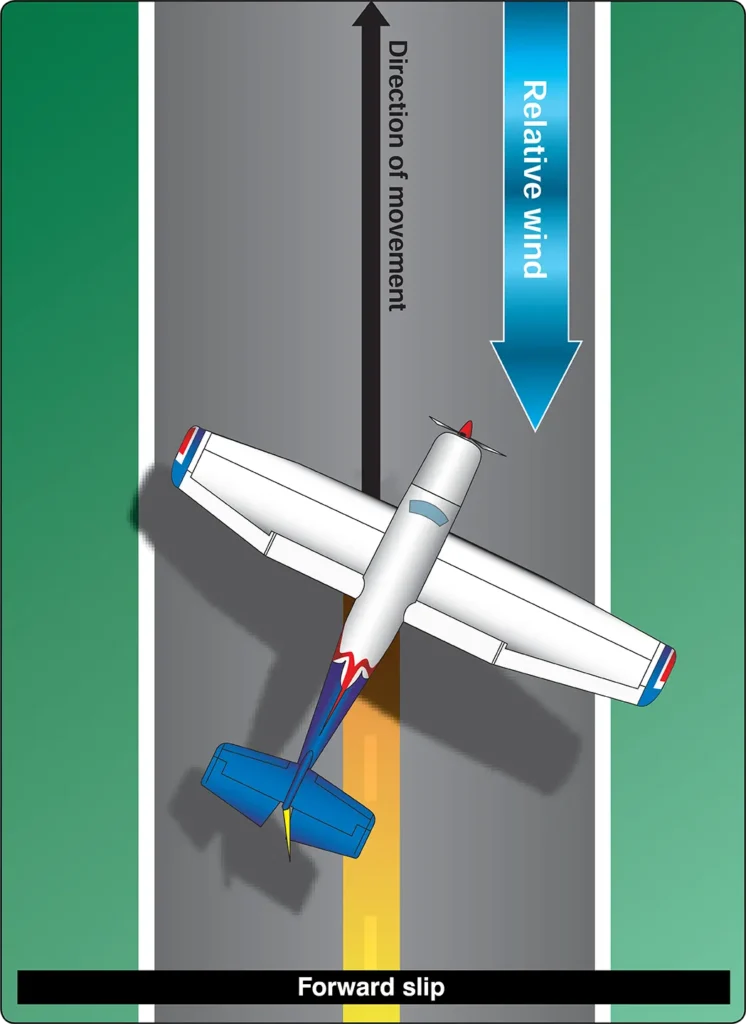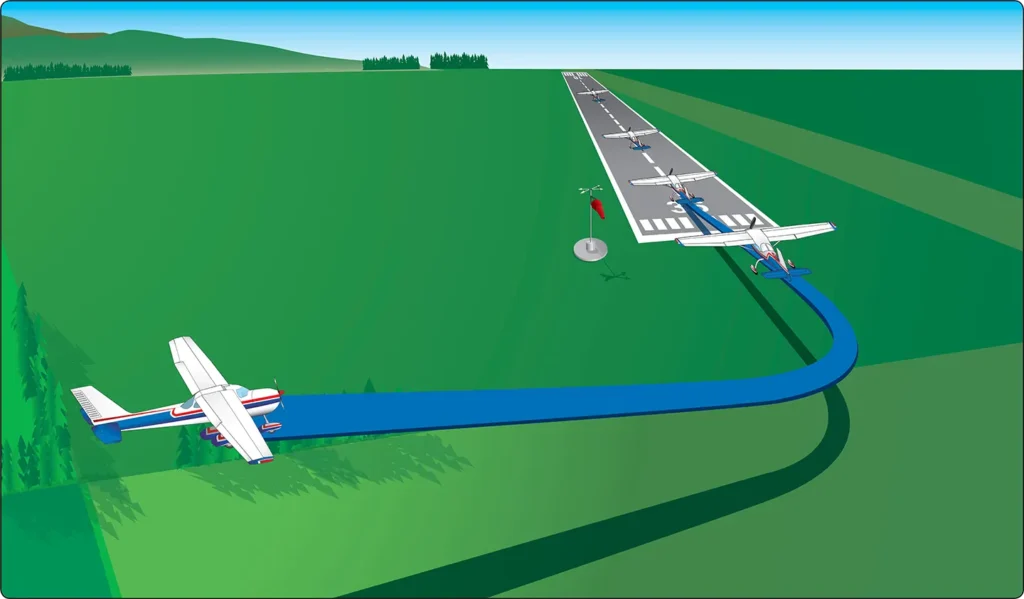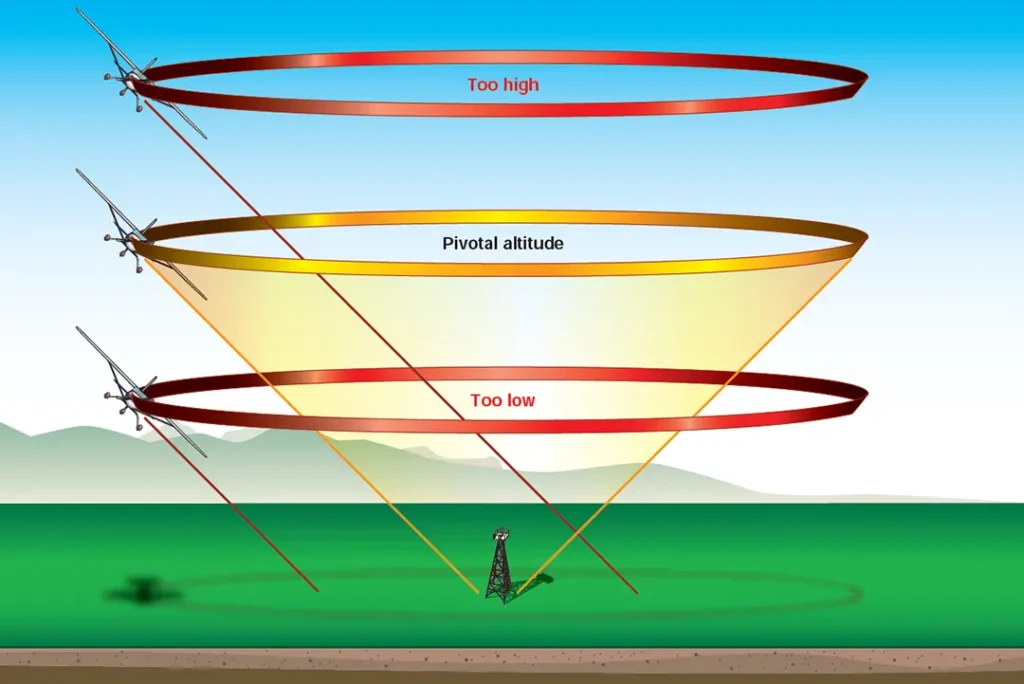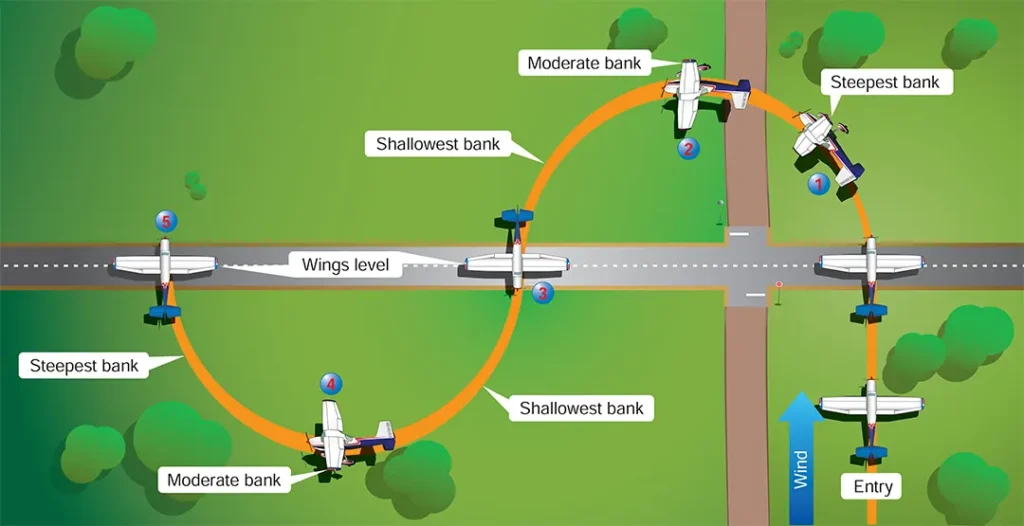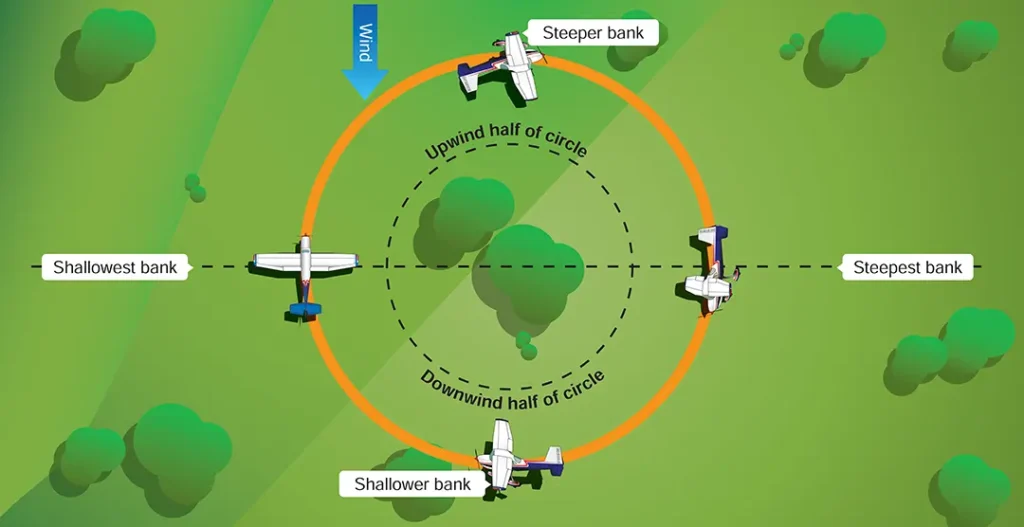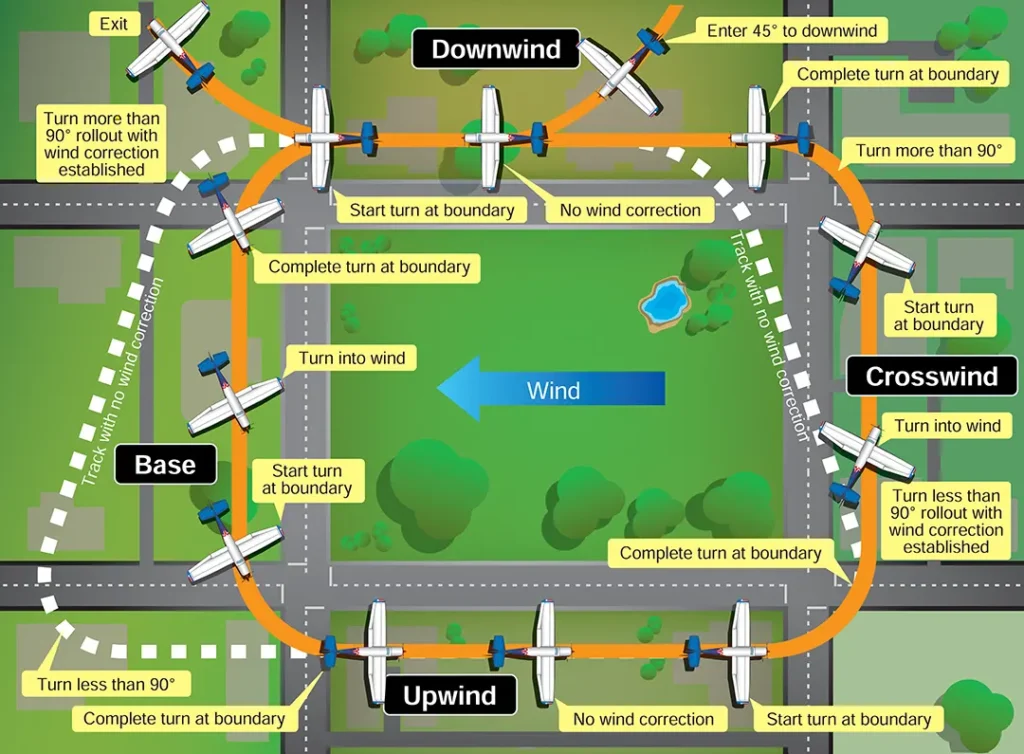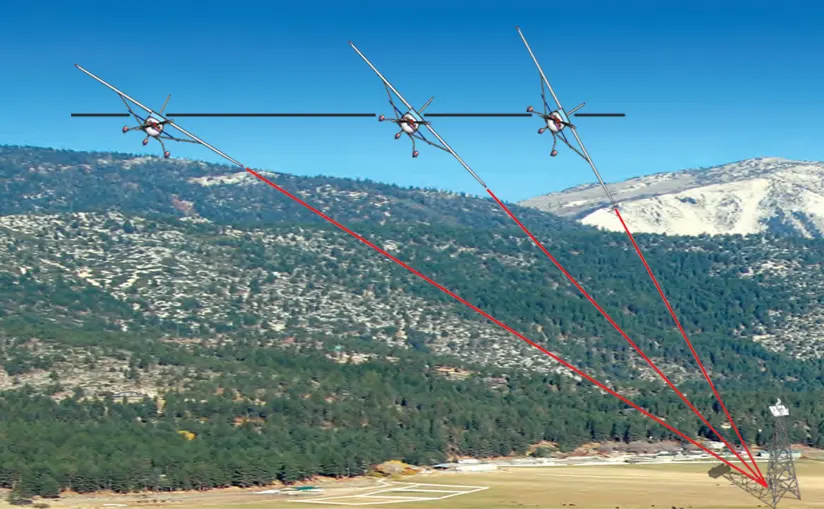Airplane Intentional Slips
Airplane Flying, Flying TrainingA slip occurs when the bank angle of an airplane is too steep for the existing rate of turn. Unintentional slips are most often the result of uncoordinated rudder/aileron application. Intentional slips, however, are used to dissipate altitude without increasing airspeed and/ or to adjust airplane ground track during a crosswind. Intentional slips are especially […]

